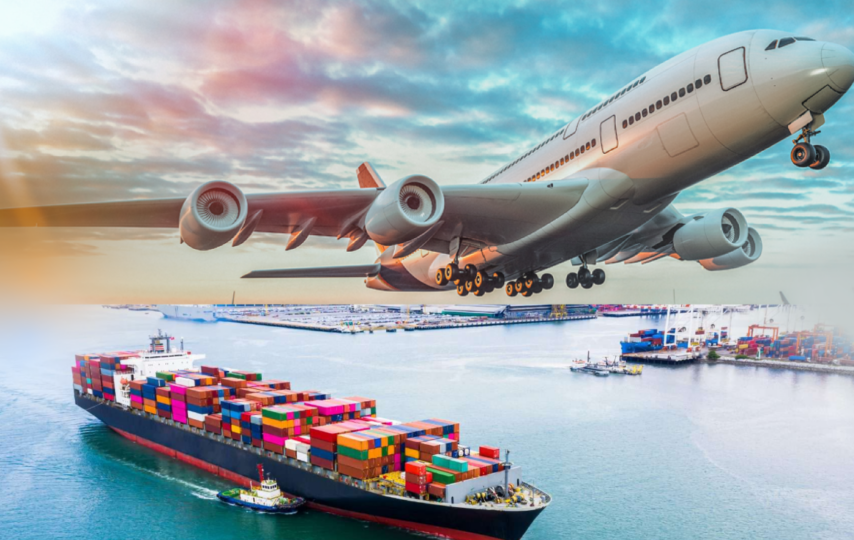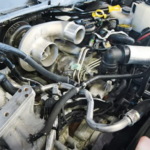When importing or exporting goods internationally, choosing the right transport method is key. The two main options – sea freight and air freight – each have advantages and disadvantages depending on your specific shipment’s needs. Evaluating transit time, costs, cargo type and other factors will help determine if sea freight services or air cargo best fits your situation.
Transit Time
The most significant difference between sea and air freight is transit time. Shipping by sea is much slower, taking weeks or months for long voyages. This extended time frame allows for economical transport of high volumes. Air freight is exponentially faster, getting cargo to its destination within days, or hours for time-critical shipments. Air transit times align better with just-in-time supply chains.
Location Factors
Geography also plays a role in transport mode selection. Air freight only works between airports, so sea freight may be needed to reach inland destinations without air access. However, sea freight relies heavily on a network of origin and destination ports, many of which are concentrated in coastal areas. Land-locked areas often require some trucking or rail to connect to seaports.
Cargo Type and Quantity
Sea freight handles heavy, densely-packed cargo like raw commodities, machinery, pallets of finished goods, containers and vehicles. Its capacity suits high-volume, low-value shipments. Air freight transports lighter cargo of higher value and time sensitivity, like electronics, pharmaceuticals, medical devices and perishables. Capacity is very limited. Consolidating partial loads from multiple shippers is common with air freight.
Cost Differences
Due to slower transit times, sea freight services provide the most cost-efficient option for large quantities of goods. Air freight costs multiply based on weight and distance, only making sense for urgent or specialised shipments where speed has value. For oversized, hazardous or temperature-controlled cargo, air freight may be the only option regardless of higher expenses.
Security and Risk Factors
Air freight offers more control, tracking visibility and lower loss/damage rates. Sea cargo faces risks like piracy, weather delays and port congestion. However, high volumes make sea freight practical and economical despite slightly higher risk. Cargo insurance covers potential losses, especially for high-value air shipments.
Regulations
For air freight, regulations like airport security screening and hazardous materials rules apply. Sea freight must comply with port authority and customs procedures, packing rules and import/export laws. Perishables and chemicals have extensive regulations to follow. Professional freight forwarders assist with compliance.
Conclusion
Identifying the fastest, most affordable, and logical option for your company’s specific freight needs is essential. While air cargo provides speed and security for urgent shipments, sea freight services, known for their economical transport of heavy cargo volumes, present a viable alternative. Consulting freight forwarding experts can help determine the ideal mode and provider based on the unique requirements of your supply chain. Whether your priority is swift delivery or cost-effective transportation, exploring sea freight services in collaboration with experienced professionals ensures a comprehensive approach to meeting your logistics goals.








